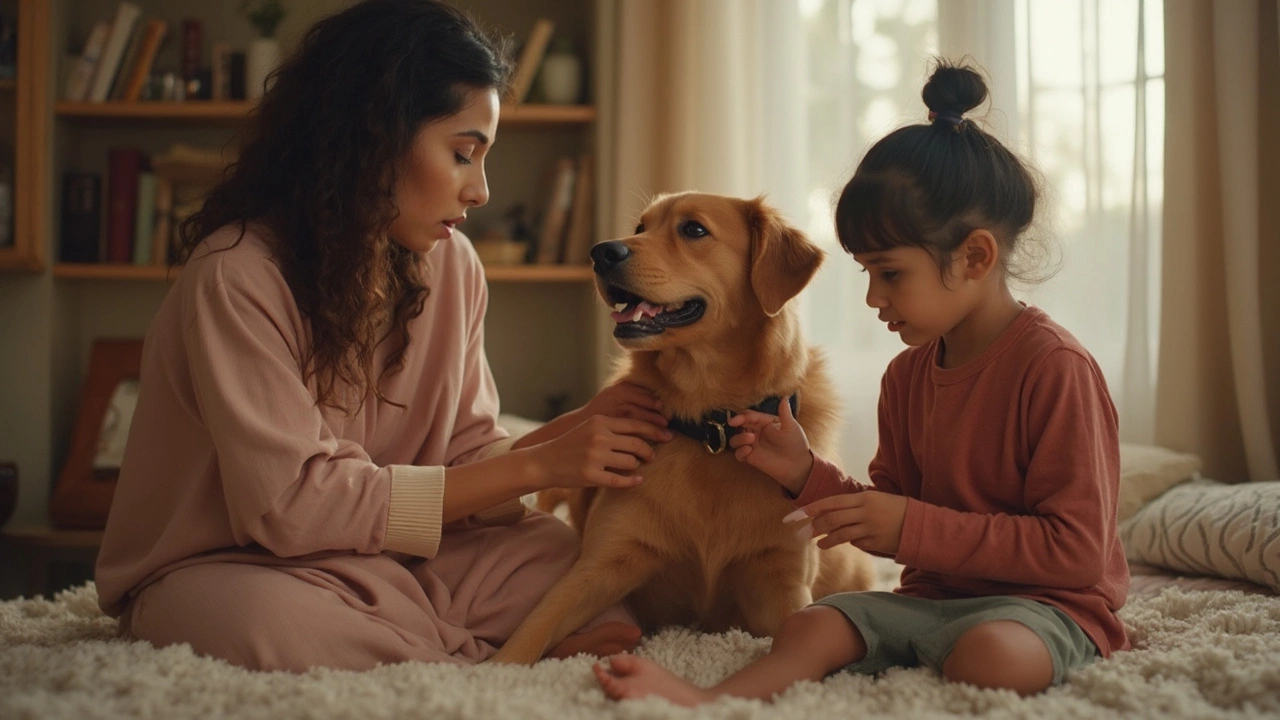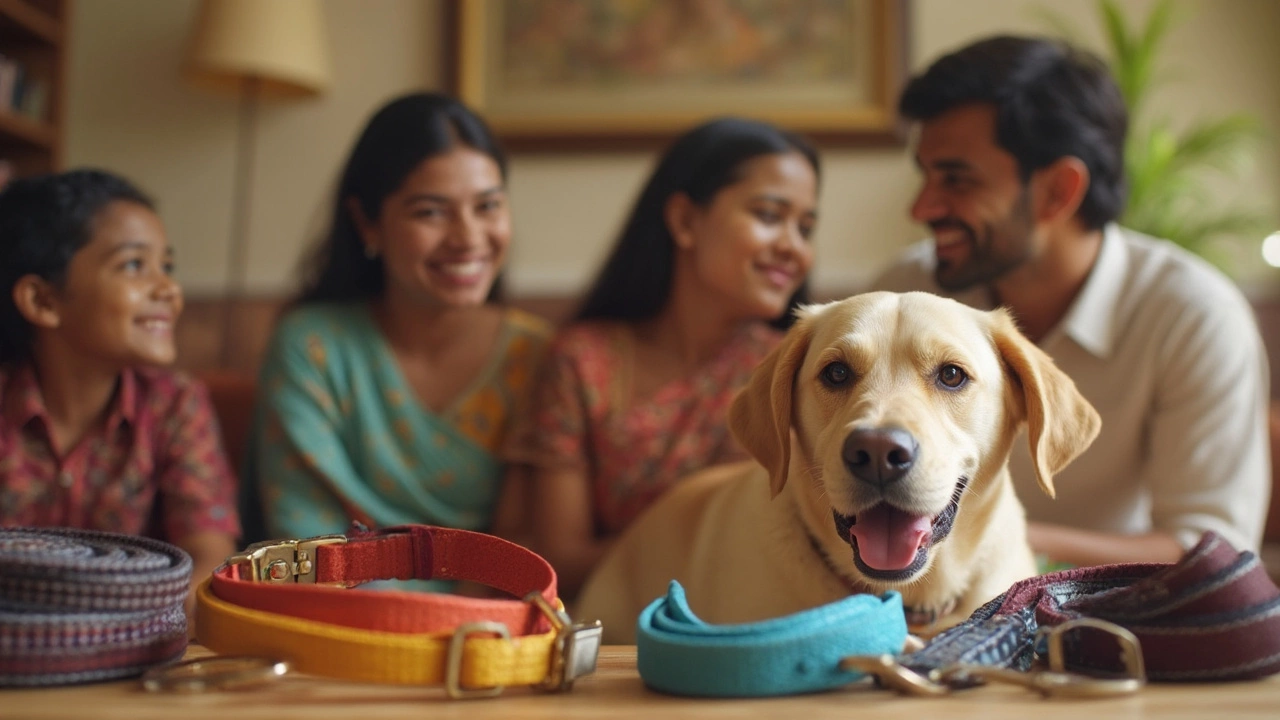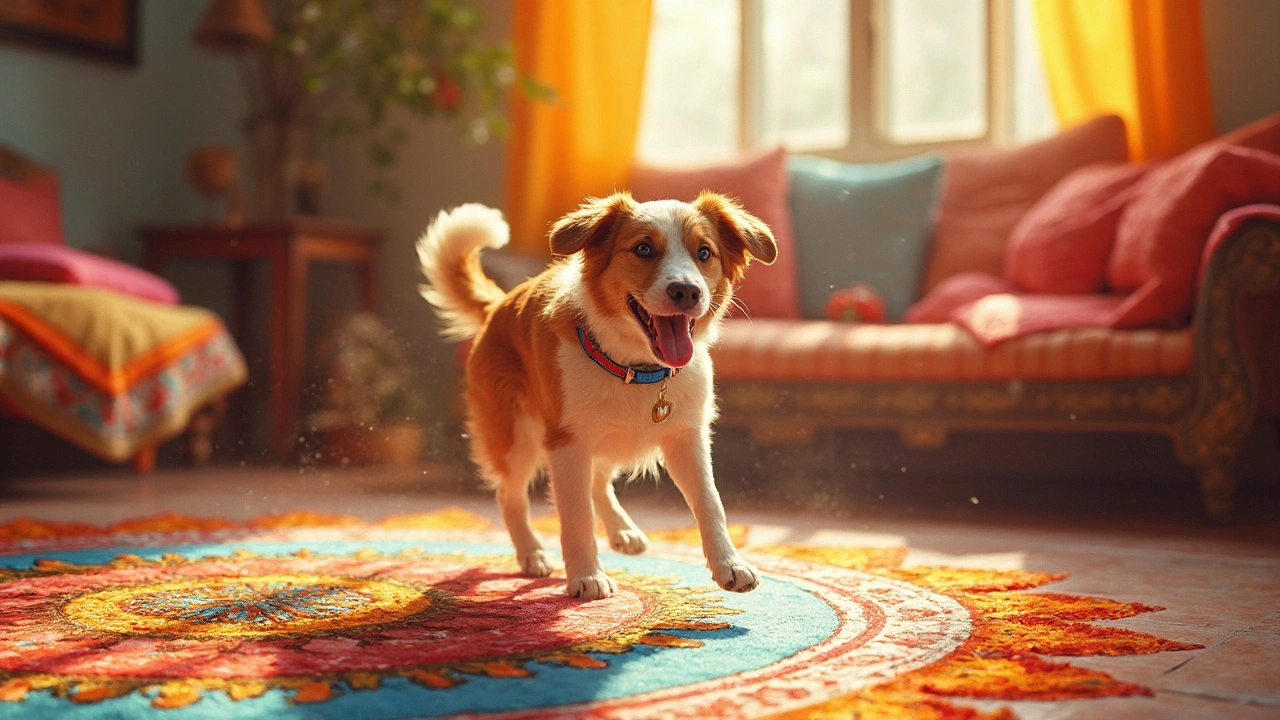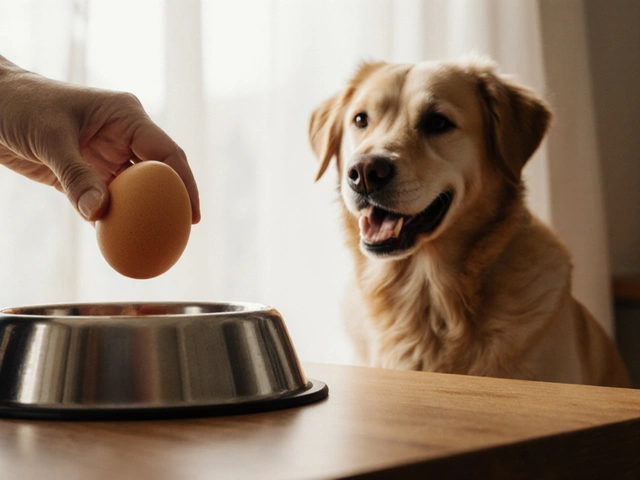Dog Collars: How to Choose, Fit, and Use Them Safely
Picking a collar might seem simple, but the right one can keep your dog comfortable and protected. Whether you’re strolling downtown or training at home, the collar you choose matters for control, identification, and health. Below you’ll find the basics on collar types, sizing, and everyday safety so you can walk your dog without worries.
Types of Dog Collars and When to Use Them
Flat nylon or leather collars are the go‑to for everyday wear. They’re lightweight, easy to clean, and work well with ID tags. If your dog pulls a lot, a martingale collar gives gentle tightening without choking, making it a favorite for hounds with narrow heads. For training sessions, a quick‑release slip‑lead or a simple breakaway collar can prevent accidents when your pup slips out of a play pen. Remember, a choke chain or prong collar is only for experienced handlers under professional guidance; most owners won’t need them.
Safety Tips for Walking with a Collar
First, get the fit right. Slip two fingers between the collar and your dog’s neck—tight enough that it won’t slip, loose enough to be comfortable. A collar that’s too tight can cause breathing problems, while a loose one can snag on branches or car doors. Check the buckle daily; metal clips can rust, and plastic snaps can break if they get brittle.
Second, always pair a collar with a sturdy leash. If you only use a collar, you risk straining the neck if your dog lunges. A harness distributes pressure across the chest and is a safer option for dogs with neck issues or for those who love to pull. Many owners start with a collar for ID and switch to a harness for walks—no need to choose one over the other.
Third, replace collars regularly. Look for signs of wear: frayed edges, faded colors, or cracked plastic. A worn collar can fail at the worst moment. Most experts recommend swapping out a collar every six months, or sooner if your dog is an enthusiastic chewer.
Finally, keep your dog’s ID up to date. Even the best‑trained dog can slip out, and a clear tag with current contact info is the fastest way to bring them home. If you travel, add a temporary tag with your travel address so local shelters know how to reach you.
Choosing the right collar, fitting it properly, and staying on top of maintenance will make every walk safer and more enjoyable. With these simple steps, you’re set to keep your pup’s tail wagging and their neck happy.

Should Dogs Wear Pinch Collars All Day? What Every Owner Needs to Know
Pinch collars are a hot topic for dog owners, sparking debate over their safety and proper use. This article digs into whether dogs should wear pinch collars all day, the risks involved, and alternative options for training. You'll learn practical tips for safe usage and hear the real reasons why professional trainers don’t leave these collars on all day. Get the facts so you can make the best decisions for your four-legged friend.
read more
Dog Collar Comfort: Should Your Pup Really Wear One All the Time?
Is it actually okay for dogs to wear collars nonstop? This article breaks down what happens when your dog wears a collar 24/7, looking at comfort, safety, and skin health. Find out what to watch out for and if you should let your dog sleep or chill collar-free. Get simple advice on the right collar fit, materials, and how to keep your dog happy and safe. Real-life tips make it easy to do what’s best for your furry buddy.
read more
Are Breakaway Collars Necessary for Dogs? What Every Owner Should Know
Breakaway collars are making waves in the dog world, but are they really necessary? This article breaks down how they work, where they're useful, and what risks they cover. You'll learn where regular collars fall short and get real-life tips on choosing the best option for your dog's lifestyle. Whether your dog is a couch potato or an escape artist, understanding when breakaway collars shine can help you keep your best friend safe. It's not a one-size-fits-all decision, so let's clear up the confusion.
read more
Why Dogs Should Go Collarless at Home
Leaving a collar on a dog at all times might seem harmless, but it can lead to unexpected issues. This article explores why it's better to let your furry friend go collarless, at least around the house. From potential health risks to everyday practicality, discover the reasons for giving your pup a break from their collar. Learn how simple changes can enhance your pet's comfort and safety. Plus, find out what alternatives might work better for you and your dog.
read more
How to Stop Your Dog from Pulling on Walks: Tips Right from the Trail
Walking a dog that pulls can turn a relaxing stroll into a frustrating tug-of-war. This article explores practical tips and techniques to train your dog not to pull on walks, focusing on methods like choosing the right collar, and training techniques that create a more harmonious walking experience. Understanding why dogs pull, combined with effective training strategies, can transform your walks into enjoyable outings. Whether you're a new pet owner or looking to refine your dog's walking etiquette, these insights offer straightforward guidance. Learn to collaborate with your canine companion for smoother and more pleasant adventures.
read more
Top Collars for Dogs That Pull: Expert Recommendations
Choosing the right collar for a dog that pulls can significantly improve walks and strengthen your bond with your canine friend. This article explores various types of collars suited for dogs that tend to pull, including harnesses, head collars, and various training collars. We delve into the advantages and drawbacks of each collar type, offering practical advice along with product recommendations. Whether you're looking to curb pulling behavior or simply want a new collar for daily walks, the right choice can make all the difference.
read more



